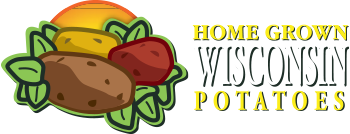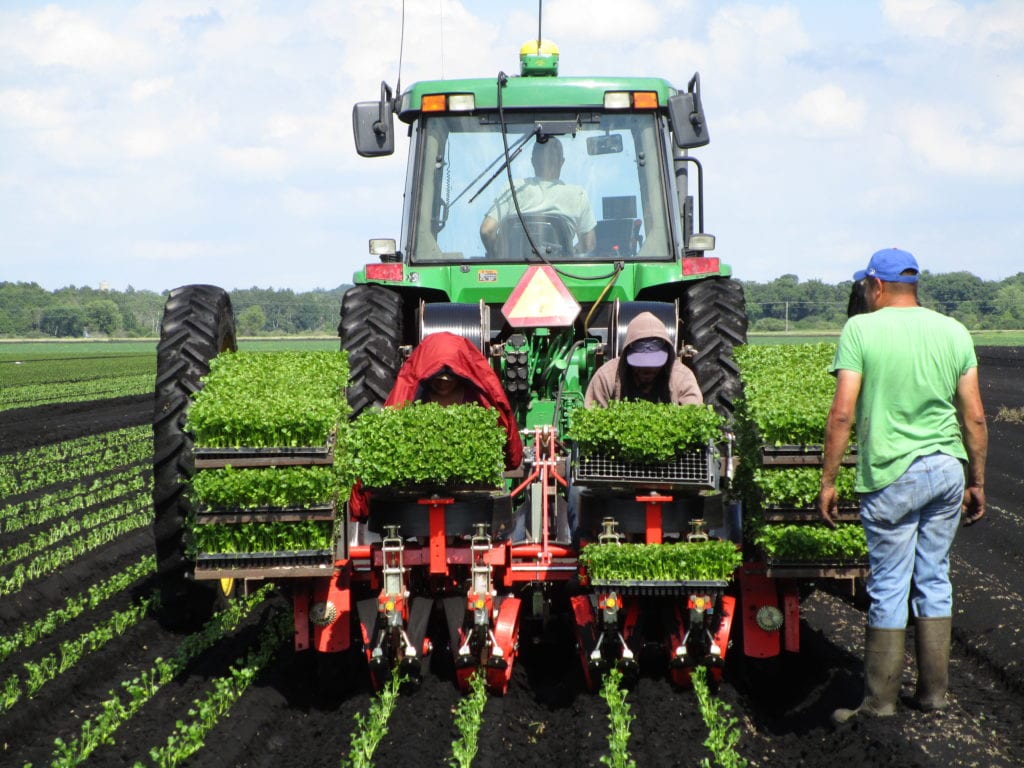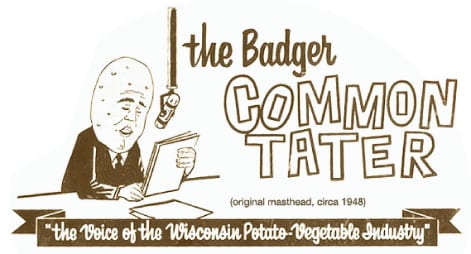From starting seeds in greenhouse to open pollination, growing celery is a balancing act
By Joe Kertzman and Doug Lee

A farm manager for Trembling Prairie Farms in Kingston, Wisconsin, Doug Lee has some experience growing vegetables. “Farming has been in my family since I was born,” he says. “My dad had a dairy farm until I was eight years old. We then moved close to Leach Farms [Berlin, Wisconsin] where my dad worked growing both lettuce and celery. I have personally been involved with celery for about 35 years.”
That’s where Trembling Prairie Farms came into the picture. Owned and operated by John Bobek, his wife, Connie, and their four kids, the farm’s management practices include a focus on crop rotation.
The Bobeks, in an experiment in 2012, explored other crops for their potato and onion rotation, growing broccoli, cauliflower and celery. Celery came out on top, and now, besides potatoes and onions, Trembling Prairie Farms grows celery.
“Though I have a long history growing celery, it has only been working with seed that is ‘open pollinated,’” Lee notes. “That process involves selecting plants for seed production that are true to type, where nature is the pollinator, which includes insects and wind.”
“A hybrid is the cross between two inbred strains to produce uniform characteristics. The hybrid is hand pollinated,” he notes, “by using the pollen from one inbred to fertilize the other inbred. I have yet to see a good celery hybrid, because I believe most of the selection work is based on the West Coast climate. With the open pollinated process, on the other hand, one can fine tune a variety on location.”


